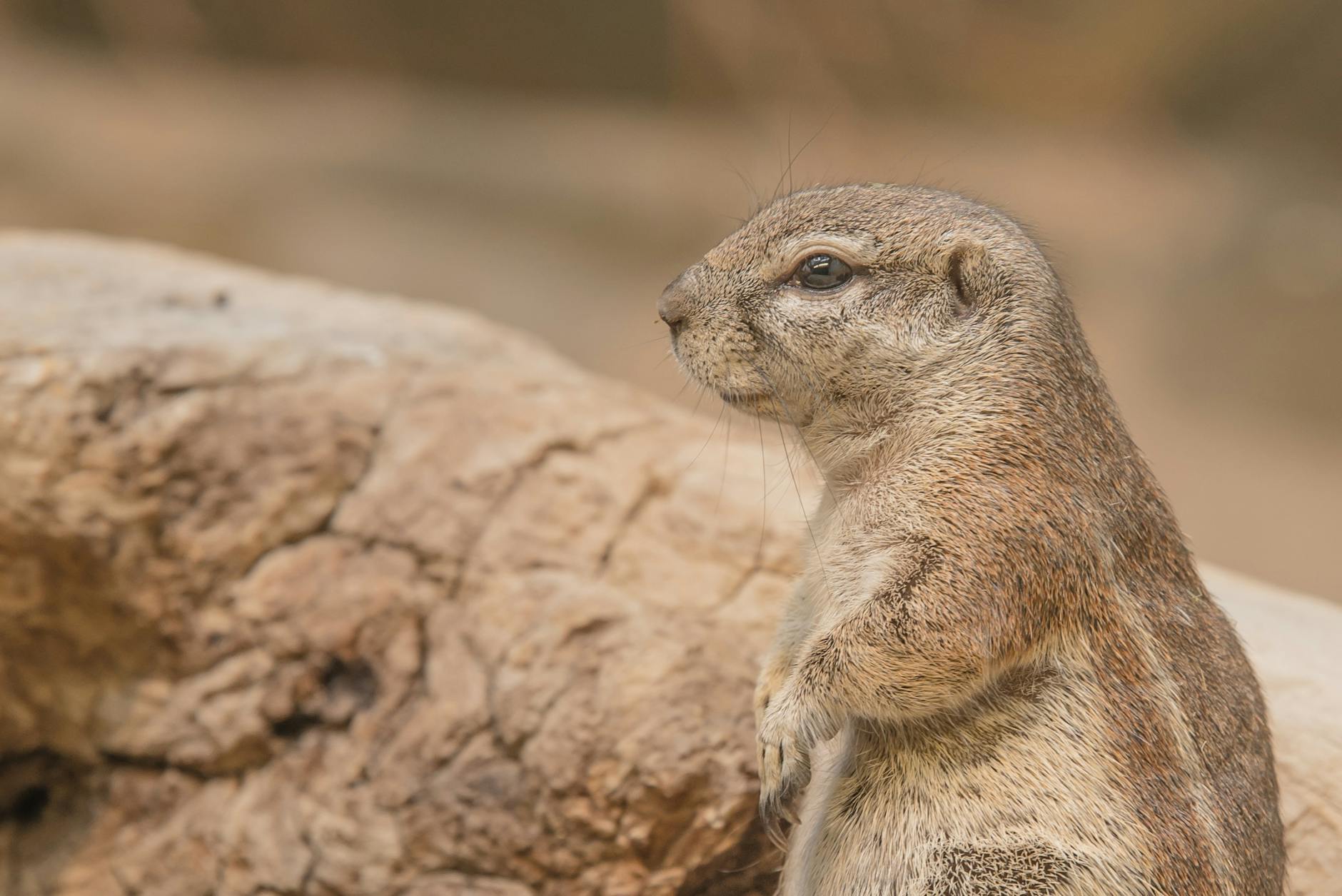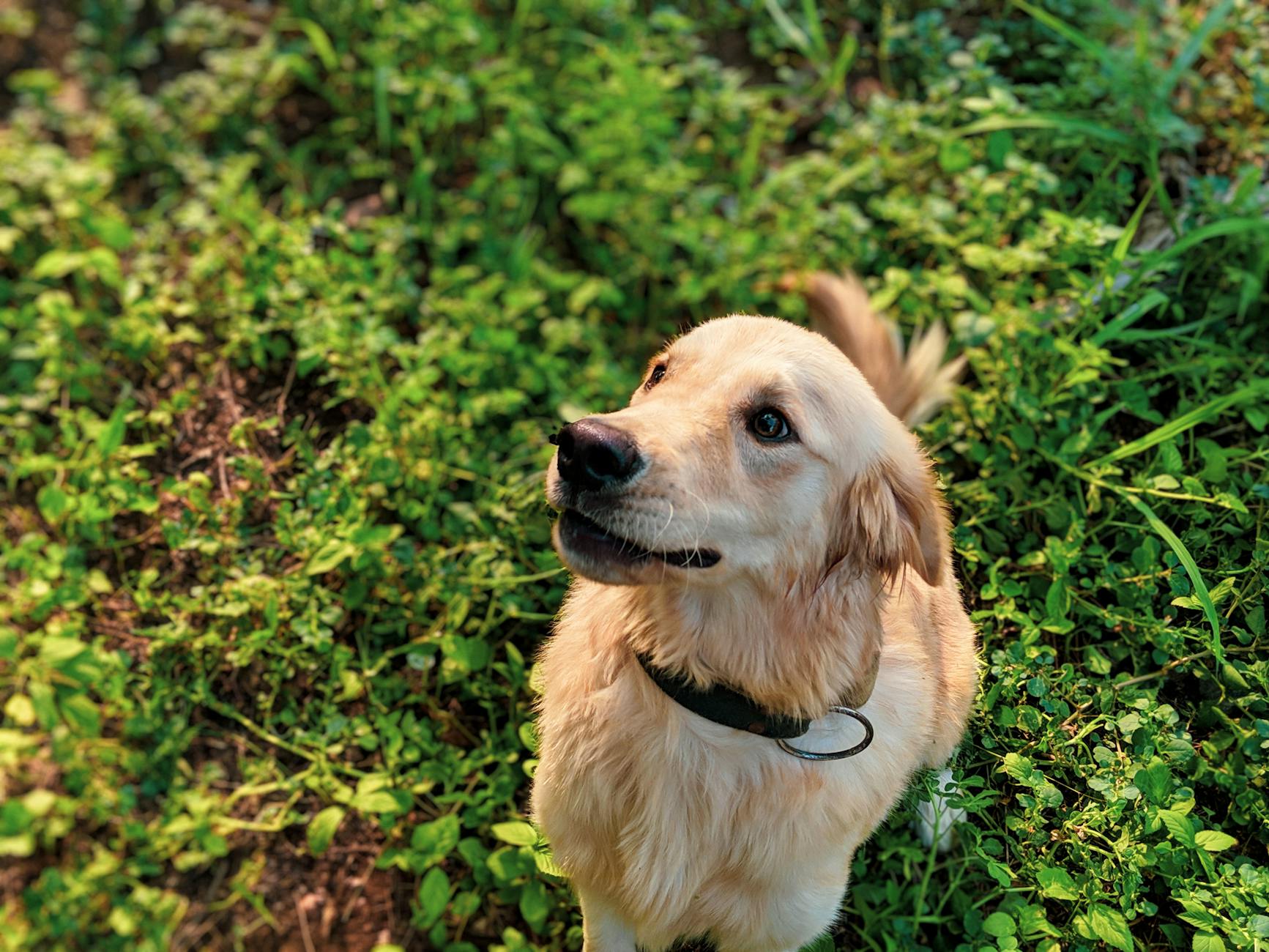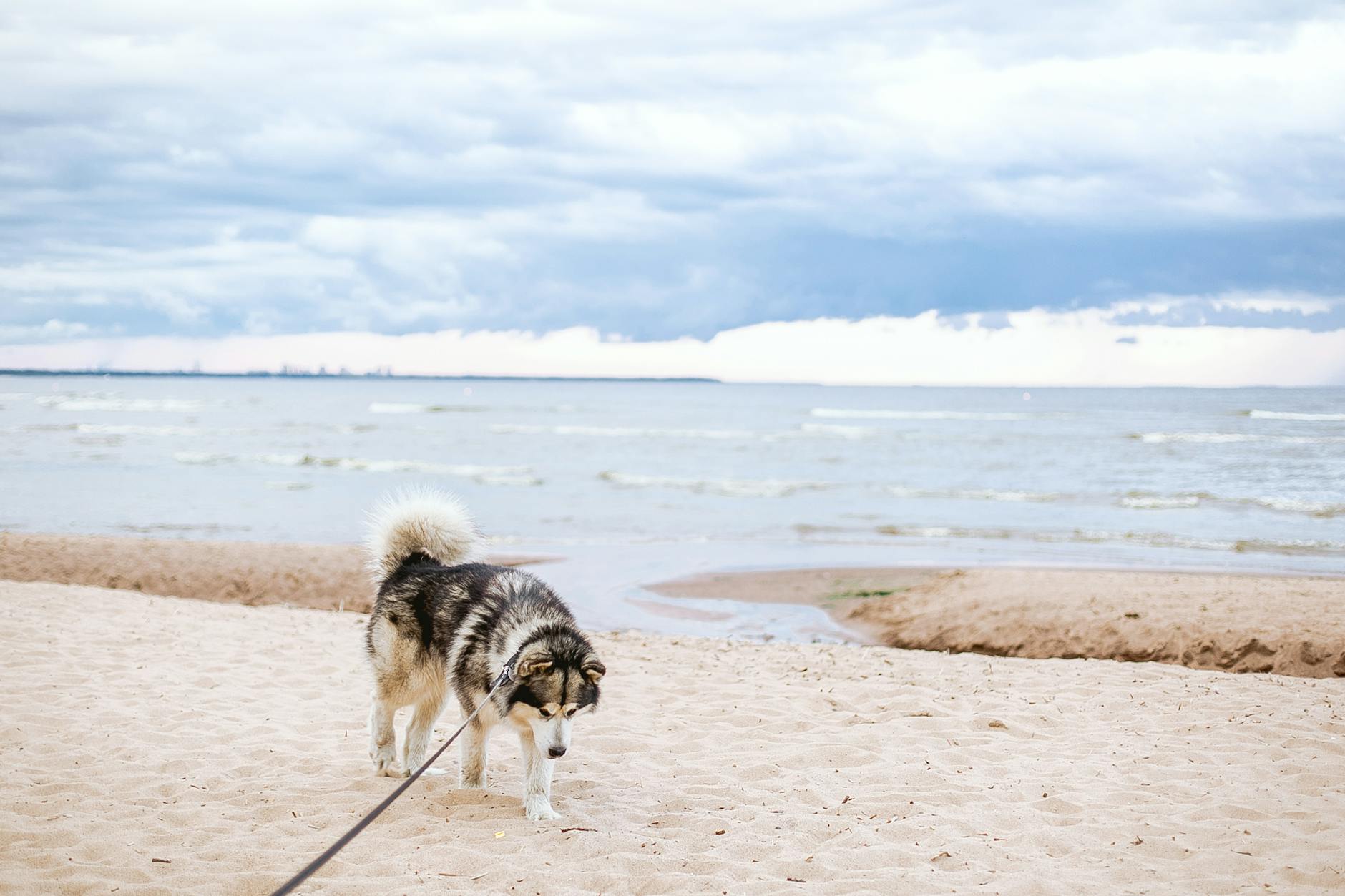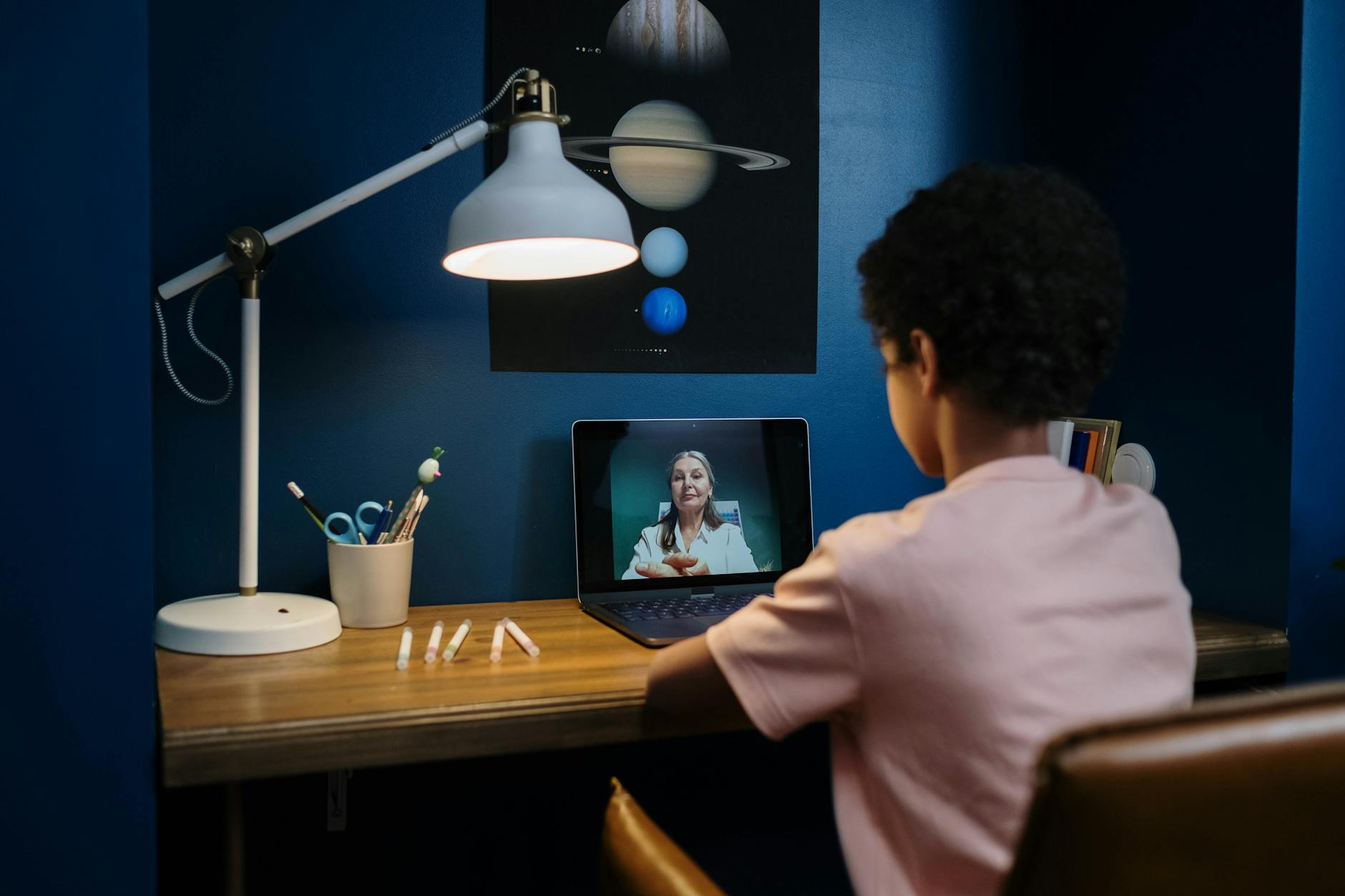What Makes Australia an Ideal Destination for Pet-Friendly Photography Outings

Unique Australian Landscapes
In the heart of Australia's natural beauty lies Noosa National Park, a serene retreat where the coastlines sculpt dramatic backdrops for both novice and seasoned photographers. As someone who cherishes capturing the essence of nature on camera, there's nothing quite like the delicate interplay of light across its expansive beaches. This location provides a canvas teeming with vibrant flora and fauna, ideal for staging captivating scenes.
I always ensure my excursions are accompanied by the right equipment, including reliable dog travel accessories for my four-legged companion. These accessories are invaluable in keeping him comfortable and safe as we wander through the winding trails. Beyond our standard hiking attire, we carry collapsible water bowls and lightweight leashes to adapt easily to the park's varied terrain.
The coastal habitats here range from rocky cliffs to lush forests, offering myriad opportunities to snap images of local wildlife amidst subtle gradations of light. My photography subtly incorporates these settings, often focusing on the candid gaze of a perched bird or the meticulous details of native flora.
When venturing into these landscapes, it's essential to stay mindful of the environment and its inhabitants. Carry your gear in sturdy backpacks, and try to disturb as little as possible, ensuring that each visit leaves no trace of human presence. Through thoughtful preparation and conscientious actions, we can preserve these enchanting locations for future experiences.
Planning a Photo Outing
Researching Pet-Friendly Locations
As you embark on your next photography adventure, finding the ideal pet-friendly locations should be a top priority. Here on the Sunshine Coast, Noosa National Park offers trails rich with both vibrancy and tranquillity. It's a place where you can capture the essence of nature alongside the playful company of your furry friend. Take your time and explore different trails, like the Noosa Headland Track or the Tanglewood Walk, to discover new perspectives and angles for your wildlife shots.
Preparing Essential Gear
To ensure a successful photoshoot, having the right gear is crucial. Consider packing a sturdy dog leash to keep your pet safe and secure without restricting movement. Your camera gear should include lenses that handle varying light conditions and distances. A wide-angle lens is perfect to display the expansive beauty of Australian landscapes, while a telephoto lens can capture close-ups of animals from a respectful distance. Don’t forget extra memory cards and batteries!
Weather and Safety Considerations
Before heading out, check the weather forecast to avoid unexpected conditions that could affect your photoshoot. The captivating yet unpredictable Australian weather requires an adaptable approach. Pack protective gear for your camera, like a waterproof cover, and bring items to protect yourself and your pet, such as sunscreen and insect repellent. Maintaining safety ensures a seamless and enjoyable experience for both you and your pet while immersed in your natural surroundings.
Capturing Pets in Nature
Best Time of Day for Photography
Catching the golden hour is crucial. Early morning or late afternoon light provides a soft, natural glow that enhances both your pet and the picturesque landscape of the Glass House Mountains. This gentle light helps avoid harsh shadows and highlights, offering a balanced composition. It’s a serene time when nature is most active, allowing for captivating shots with a vibrant and dynamic atmosphere.
Engaging Pets for Natural Poses
Creating authentic poses requires patience and creativity. Engage your pet by using their favourite toys or treats to draw their attention. Consider taking them for a walk along the trails of Noosa National Park, where the diverse scenery offers endless opportunities. Allow pets to interact with the environment naturally, whether they’re sniffing the air or exploring a stick. These candid moments reflect their personality and energy, resulting in genuine and endearing photographs.
Using Natural Light Effectively
Harnessing natural light is key to capturing stunning images. Position your pet to face the light source, ensuring their features are well-lit and their eyes sparkle. Overcast days are also perfect for capturing even, diffused light, reducing the risk of overexposure. If shooting during midday, use shaded areas to soften the harsh sunlight. Experiment and adjust your angles to find the right balance, highlighting your subject against the breathtaking backdrop while considering their comfort in the process. Don’t forget to consider their needs, whether it’s providing refreshment or dressing them in suitable dog clothing to ensure they’re comfortable and safe during your shoot.
Best Practices
Respecting Local Wildlife
Australia’s enchanting wilderness is an artist’s paradise, filled with remarkable creatures and diverse ecosystems. When photographing pets within these natural settings, whether in the serene paths of Noosa National Park or amidst the dynamic wildlife at Australia Zoo, it's important to respect the habitats of local animals. Always maintain a respectful distance and ensure your pets are leashed to prevent disturbances. Disturbing the natural behaviour of species, particularly in conservation-sensitive areas like the Glass House Mountains, can have unintended consequences on local ecology.
Keeping Areas Clean
As nature lovers, the preservation of our beloved landscapes is a responsibility we must embrace. Be sure to carry waste bags and dispose of them correctly. Consider a zero-impact policy by leaving only footprints behind and encouraging fellow nature enthusiasts to do the same. This practice not only helps in keeping the beauty of Noosa’s seaside cliffs intact but also enhances your integrity as a conscious photographer. Avoid feeding local wildlife, as this can disrupt their natural diet and behaviours.
Sharing Your Work Responsibly
Sharing your wildlife and pet photography can inspire others to appreciate and conserve nature. When posting on social media, consider adding educational captions about the locations or species you've captured. This can encourage a deeper understanding and reverence for our ecosystems. Additionally, when submitting photos for exhibitions or competitions, such as the ones highlighting the beauty of the Glass House Mountains, ensure your work does not compromise the location’s privacy or the well-being of the wildlife captured.


